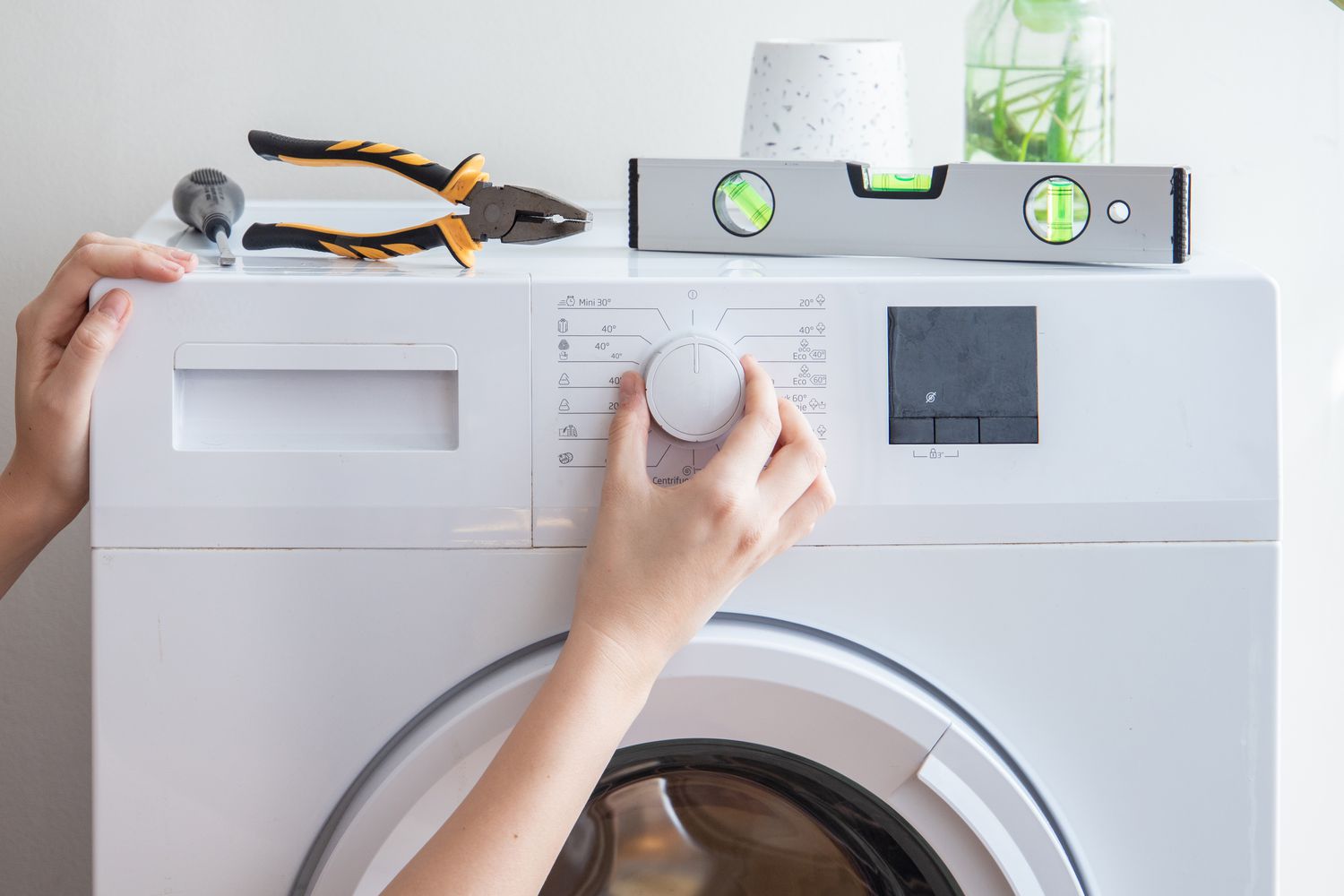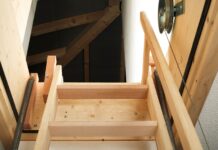Washing machines are a staple of modern households, making laundry day significantly less burdensome. However, when your trusty appliance refuses to spin, it can throw a wrench into your routine.
Understanding why your washing machine won’t spin and how to troubleshoot it can save you time, money, and a lot of frustration. Let’s dive into ten practical tips to get your washing machine spinning again and keep those laundry woes at bay.
Check the Load Balance
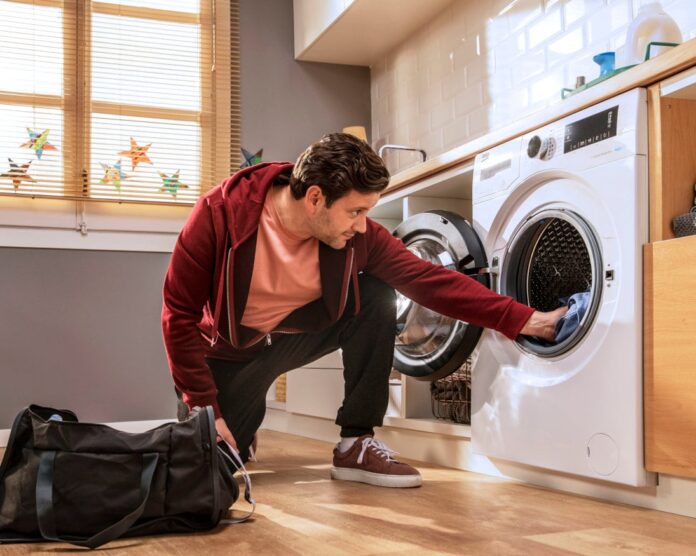
One of the most common reasons a washing machine won’t spin is an unbalanced load. If you’ve stuffed your washer full or washed a single heavy item, the machine might not be able to distribute the weight evenly.
This imbalance can cause the washer to shut down the spin cycle to avoid damage. Open the machine, redistribute the clothes, and try running the spin cycle again. Ensuring a balanced load can often solve the problem without further intervention.
Inspect the Lid Switch
Most top-loading washing machines are equipped with a lid switch that prevents the machine from spinning when the lid is open. If this switch is faulty or broken, the machine may not spin even with the lid closed.
To check the lid switch, open the lid and look for a small protrusion or a switch mechanism along the edge. Depress the switch manually and listen for a click. If you don’t hear anything, the switch might need replacing. For those unsure about handling this task, seeking professional appliance repair can ensure the job is done correctly.
Evaluate the Drive Belt

The drive belt connects the motor to the drum, allowing it to spin. Over time, the belt can become worn, loose, or broken, preventing the drum from spinning. To inspect the belt, you’ll need to unplug the machine and remove the back panel.
Check for any signs of wear or damage. If the belt is broken or excessively worn, it will need to be replaced. This can be a bit of a DIY challenge, so again, professional assistance might be the best course of action if you’re not comfortable with appliance repairs.
Examine the Motor Coupler
In many washing machines, the motor coupler acts as a link between the motor and the transmission. If the coupler fails, the washer will fill and drain but won’t agitate or spin. To check the motor coupler, you’ll need to remove the washer’s cabinet. The coupler is typically made of plastic and rubber, so look for signs of wear or breakage. Replacing a broken coupler can often restore the spin function of your washer.
Test the Drive Motor
The drive motor is the powerhouse behind your washer’s ability to spin. If the motor isn’t working, the washer won’t spin. To test the drive motor, listen for any humming or buzzing sounds when you try to start the spin cycle. These noises can indicate that the motor is receiving power but not functioning correctly. Testing the motor with a multimeter can confirm whether it’s faulty. If the motor has failed, replacing it will likely resolve your spinning issues.
Inspect the Drain Pump
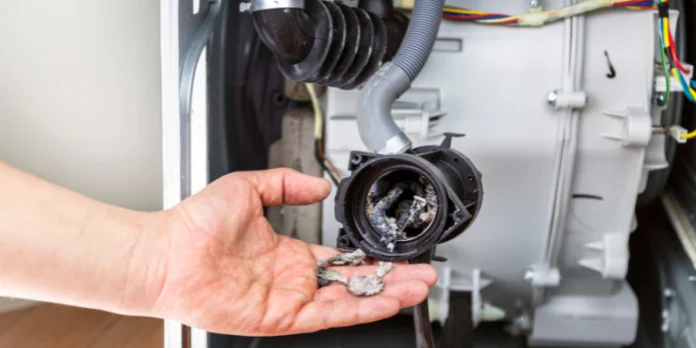
A clogged or malfunctioning drain pump can also prevent your washing machine from spinning. If water can’t drain out properly, the washer won’t proceed to the spin cycle. Check the drain pump for blockages, such as lint, coins, or small clothing items. You can access the drain pump by removing the front or back panel of the washer. Cleaning out any debris or replacing a faulty pump can get your machine back in action.
Look at the Door Lock
For front-loading washers, the door lock mechanism ensures that the door remains securely shut during operation. If the door lock is defective, the washer might not spin. Check the door latch for any signs of damage or wear and listen for a clicking sound when you close the door. If you don’t hear the click, the latch might be faulty and need replacement.
Analyze the Control Board
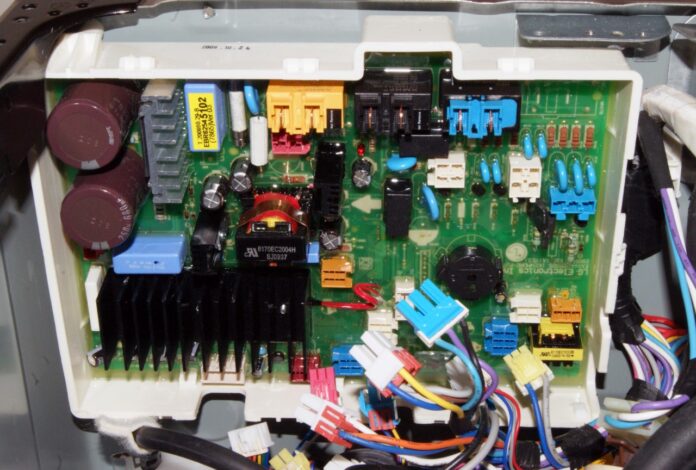
The control board acts as the brain of your washing machine, managing all the functions and cycles. A malfunctioning control board can lead to various issues, including a non-spinning drum.
If you’ve ruled out other potential problems, consider checking the control board for burnt components or visible damage. Replacing a faulty control board can be complex, so professional appliance repair services might be necessary to handle this intricate task.
Assess the Transmission
The transmission in a washing machine converts the motor’s power into the motion needed to spin the drum. If the transmission is broken or worn out, the washer won’t spin. Checking the transmission can be tricky as it involves dismantling a significant portion of the machine. Look for signs of oil leaks or mechanical damage. If the transmission is indeed the problem, replacing it is often the best solution, though it can be costly.
Consider the Timer

The timer on your washing machine controls the duration of each cycle, including the spin cycle. A defective timer can result in the washer not advancing to the spin stage. To test the timer, manually advance it to the spin cycle and see if the washer begins to spin. If it does, the timer might be the issue. Replacing the timer can restore proper functionality to your washer.
Fixing a washing machine that won’t spin can seem daunting, but understanding the common issues and how to address them can make the task more manageable. Whether it’s balancing the load, inspecting the drive belt, or testing the motor, these tips provide a solid foundation for troubleshooting.
However, some repairs require specialized tools and expertise, making professional appliance repair services a valuable resource when DIY efforts fall short. By systematically working through these tips, you can identify the root cause of the problem and restore your washing machine to its full spinning glory, ensuring your laundry days are smooth and hassle-free once more.

